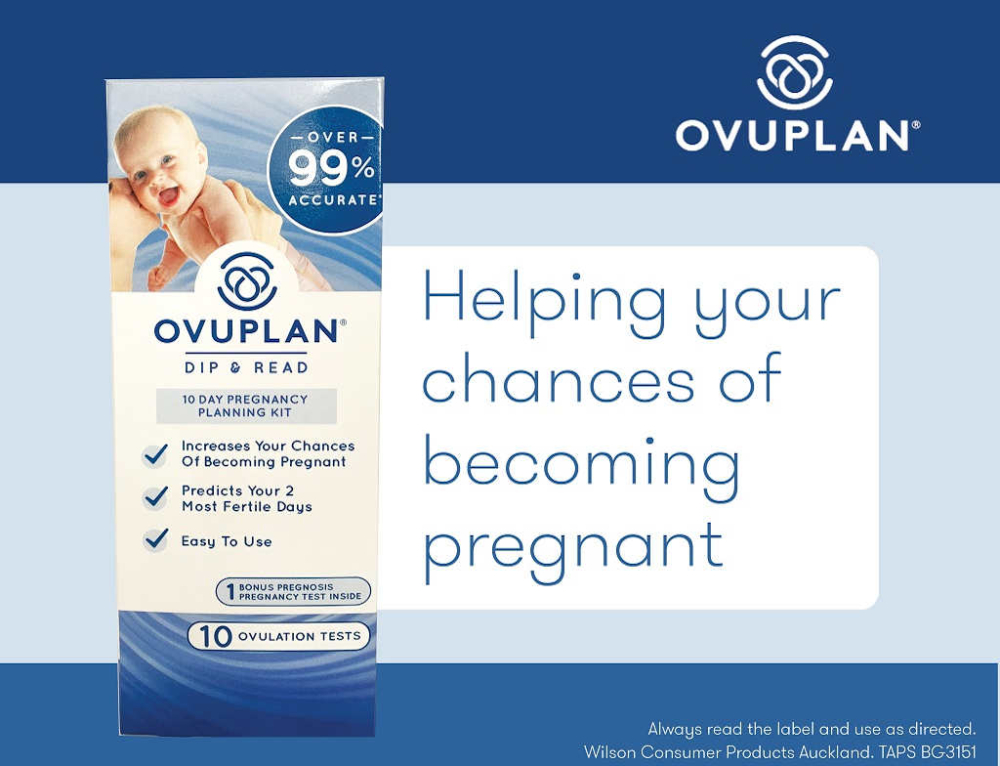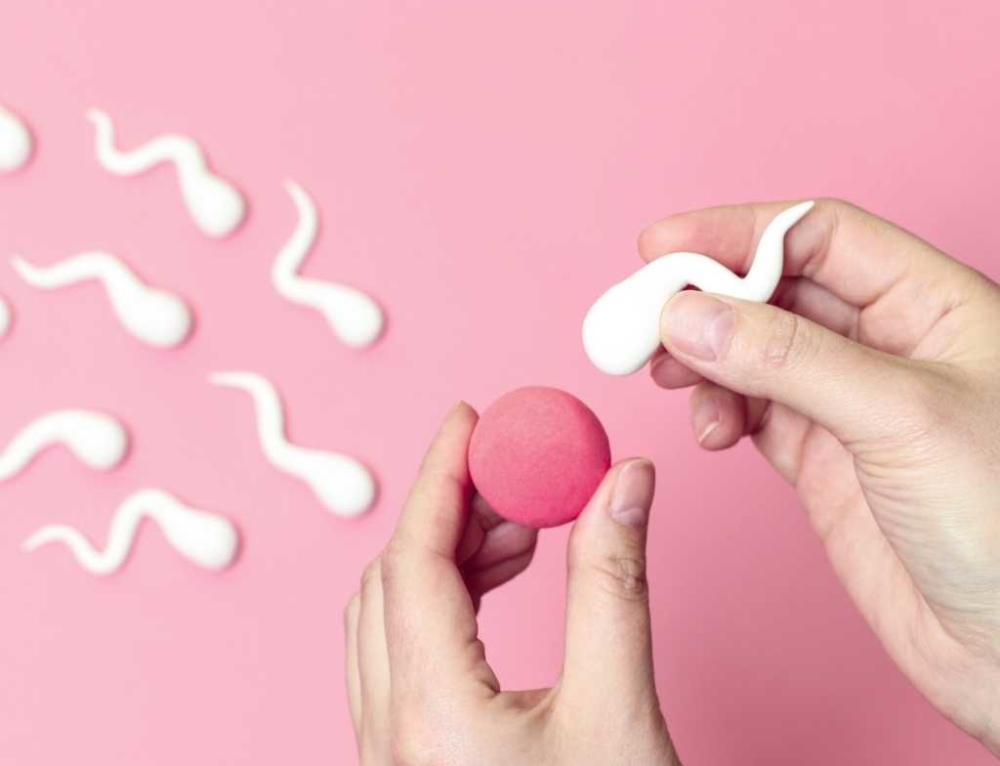The time after ovulation is the post-fertile phase of the menstrual cycle. The post-fertile phase lasts for about 14 days (ranging from12-16 days) until the bleeding starts again.
The medical terms for this phase are the: Luteal phase. This refers to the capsule left in the ovary that encased the released egg called the ‘Corpus Luteum’ (or ‘white body’). The corpus luteum produces the progesterone hormone, bringing the lining of the uterus (or ‘endometrium’) to maturity. OR ‘Secretory phase’, because the lining of the uterus is now able to secrete glucose, aimed at feeding a developing baby until they fully implant in the lining of the uterus and start to draw on their mother for nourishment.
If a pregnancy occurs (because the egg was fertilised) then a baby will start to grow and develop in the uterus, usually being discovered by the woman about 3 to 6 weeks after conception (or 5 to 8 weeks of the pregnancy). This is explained in detail in conception and pregnancy testing. If the egg was not fertilised, it will die after 12 to 24 hours and come away with the normal period.
The progesterone hormone rises to its highest level during the post-fertile phase, staying high until a few days before the period starts again. Progesterone then drops to a low level, triggering the bleeding to start. However, if a pregnancy has occurred the progesterone will continue to rise, and no bleeding will occur. The level of the oestrogen hormone drops dramatically after ovulation and then slowly rises again (but not to the level it was just before ovulation). Again, oestrogen will drop to a low level before the period starts, or continue to rise if you are pregnant.
The last day before a period starts is regarded as the last day of your menstrual cycle. Therefore if it has been 30 days since your first bleeding day then you have just had a 30 day cycle.
Temperature
Your temperature should stay elevated for at least 10 days after ovulation. It will then gradually come back down to the level it was before ovulation, somewhere around 36.5 to 36.7o Celsius (or 98 to 98.4o Fahrenheit). Some women find their temperature remains elevated until their period begins.
NOTE: If your period is overdue and your temperature remains elevated (and there is no other reason for it to be high such as an illness), then you are probably pregnant.
Vaginal mucous
Vaginal mucous decreases and there is usually a feeling of being ‘dry’ again. You may not notice any mucous, or have small amounts of thick, white, flaky or crumbly mucous, or sticky, tacky, cloudy, whitish or yellowish mucous. This type of mucous should remain until the bleeding begins. (However, you may feel wet if you have had unprotected sex in the last 12-24 hours, from semen left by your partner).
Cervix
Your cervix should feel lower, firmer, only slightly moist or even dry and tightly closed again. Similar to the pre-fertile phase.
Sensations and emotions
The few days just after ovulation may not bring any specific physical or emotional signs. However, as the period draws closer, premenstrual tension (or PMT) may become noticeable. These signs are caused by the high levels of progesterone hormone circulating in the woman’s body. The signs of ‘PMT’ will vary from woman to woman, but can include nausea, breast tenderness, fluid retention or feeling ‘bloated’, skin changes (such as pimples), headaches, constipation, feeling anxious, irritable or depressed and possibly experiencing emotional mood swings. (You may be able to add a few more to this list.)
If you are pregnant, then some of the early pregnancy signs (such as breast tenderness) can be similar to PMT. Your menstrual cycle has now ended and the next day is the first day of your period (or ‘Day 1’) and time to start a new fertility chart.
Find more:
There are around 5 phases in a normal menstrual cycle:







Leave A Comment
You must be logged in to post a comment.